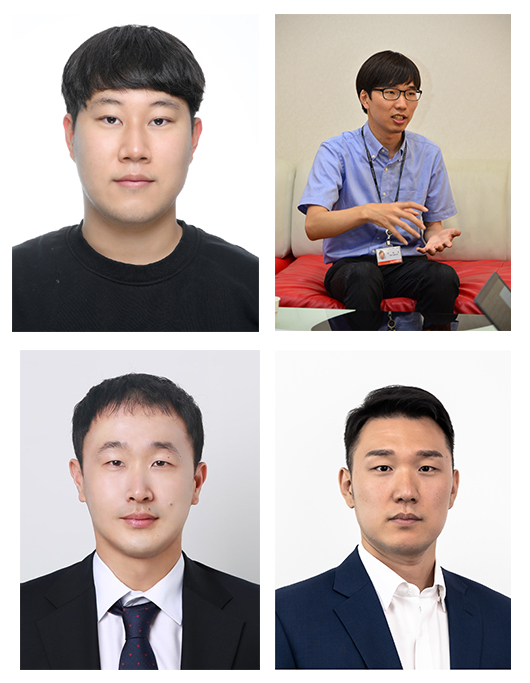Hanyang University Develops High-Resolution and Ultra-Low Power Display Technology
Hanyang University announced on the 1st that a research team led by Professor Kim Young-hyun of the Department of Photonics & Nanoelectronics from the Hanyang University–ERICA Campus has developed a technology that can implement high-resolution and ultralow power displays.
If this study is applied in real life, it will be able to implement areas that were still considered technologies of the distant future, from ultrahigh-resolution microdisplays to ultralow-power wearable displays, beyond the limitations of existing display structures.
The joint research team, which included the Korea Institute of Science and Technology (KIST) and the Korea Advanced Institute of Science and Technology (KAIST), implemented the world’s first “Brightness compensation technology using ferroelectric oxide thin film transistors,” a new method that can compensate for uneven brightness changes in displays by replacing existing complex compensation circuits.
A pixel is the most basic unit constituting a display, and one pixel consists of a light source and a transistor that controls it. If the performance of these internal pixel elements is not uniform, the overall brightness of the display will not be uniform as well, resulting in a Mura phenomenon in which the screen looks mottled.
To solve this problem, a “Compensation circuit” method is generally used, in which an additional transistor is placed on a pixel to derive uniform performance through a feedback process. However, this method increases the complexity and size of pixels and increases power consumption, making it unsuitable for next-generation display technologies.
Professor Kim Younghyun’s research team focused on replacing the compensation circuit using ferroelectric materials that have recently begun to be in the spotlight as an alternative. A ferroelectric material has spontaneous polarization, and it is a material that can change the polarization state by external electrical stimulation. By using the properties of this material, the conductivity of the semiconductor device can be controlled, and the state can be theoretically retained for more than 10 years. Therefore, the function may be performed using one element instead of a compensation circuit composed of a plurality of transistors.
In addition, Professor Kim Young Hyun’s research team at Hanyang University produced an oxide semiconductor-based ferroelectric thin film transistor using the ferroelectric material (HfZrO2) researched by Dr. Han Jae-Hoon’s team and conducted an experiment to program (control and store) the brightness of micro-LED developed by Professor Kim Sanghyeon’s team at KAIST.
Furthermore, Professor Kim Young Hyun’s research team found that the brightness of the micro-LED is maintained for more than 100 s in four stages with four multilevel electrical stimuli on a pixel circuit composed of an electrically connected ferroelectric thin film transistor and micro-LED. This information means that a circuit of a simple structure to which ferroelectric is applied can replace the conventional complex compensation circuit.
Professor Kim Young Hyun, who led the study, said, “The results of this study have been derived from the cooperation between national universities and research institutes that have never been reported in foreign countries. We will also work with industries to apply it to next-generation display technology.”
The study entitled “Demonstration of programmable light intensity of a micro-LED with a Hf-based ferroelectric ITZO TFT for Mura-free displays,” led by Jin Taewon, a researcher taking a Master’s degree at Hanyang University–ERICA Campus’s Department of Photonics & Nanoelectronics, was published in the January volume of “Nanoscale Advances” (IF = 5.598) of The Royal Society of Chemistry and earned recognition for its excellence and was nominated as the Inside Front Cover Article.

![[Figure 1] A schematic diagram of an ultralow-power/ultrahigh-resolution new concept programmable display pixel using a ferroelectric transistor](https://cdn.newshyu.com/news/photo/202302/1008675_217963_4820.jpg)
Click to see the paper:
https://pubs.rsc.org/en/content/articlelanding/2023/na/d2na00713d
키워드
 '한양위키' 키워드 보기
#SDG9
'한양위키' 키워드 보기
#SDG9

